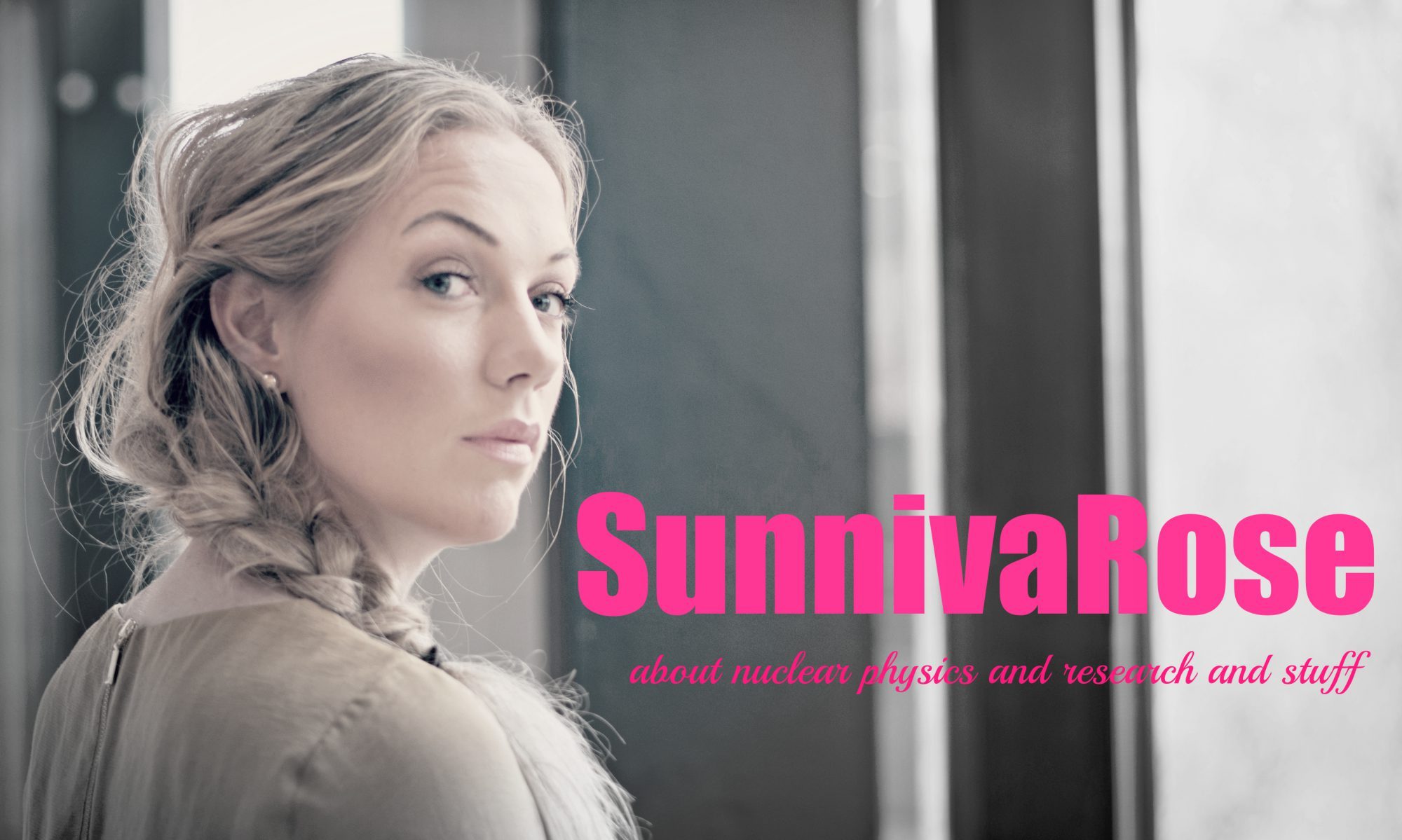Finally, the video from the TEDxBergen conference is now on-line!
The subject of my talk was Could nuclear weapons save the planet? , and you can watch the entire thing here:
---------------------------------------------------------------------
Since I talked about how to dress as a female scientist in my last blogpost, I just have to show you a close-up of the shoes I wore. These shoes from Nelly ended up as my "statement" for this talk - which I felt that I needed, since the rest of the outfit was quite simple; just tight jeans, a loose shirt, and my hair in a bun (not the tightest, but not very messy either):
----------------------------------------------------------------------
One of the really great thing about this trip to Bergen (almost a month ago already!) - besides being allowed to give my third TEDx talk - was that Anders came and spent the weekend with me <3 There's nothing like sharing experiences like this with the one you love, and having Anders in the audience made me feel so much better and more secure than if I had been there all by myself... He was a great supprt!
perfect evening: I was dead tired after a long day - I do get really stressed before I'm giving a talk like this. We were thinking about either go to the after party with the rest of the people from the conference, or maybe go out in Bergen... But instead we stayed in the hotel; we took a looong bath (where we drank two bottles of Prosecco), before we ordered pizza to the room, ate it in bed and watched several episodes of the Big Bang Theory. It was just perfect <3







 )
)



 ) at Jupiter, where we had dinner yesterday - and the day before, when we'd just arrived
) at Jupiter, where we had dinner yesterday - and the day before, when we'd just arrived

 ):
):











